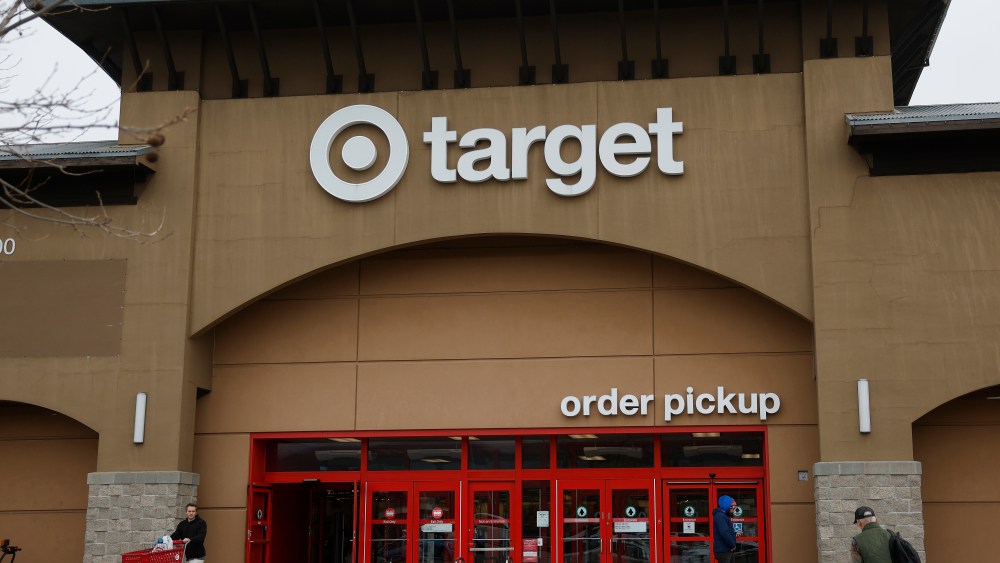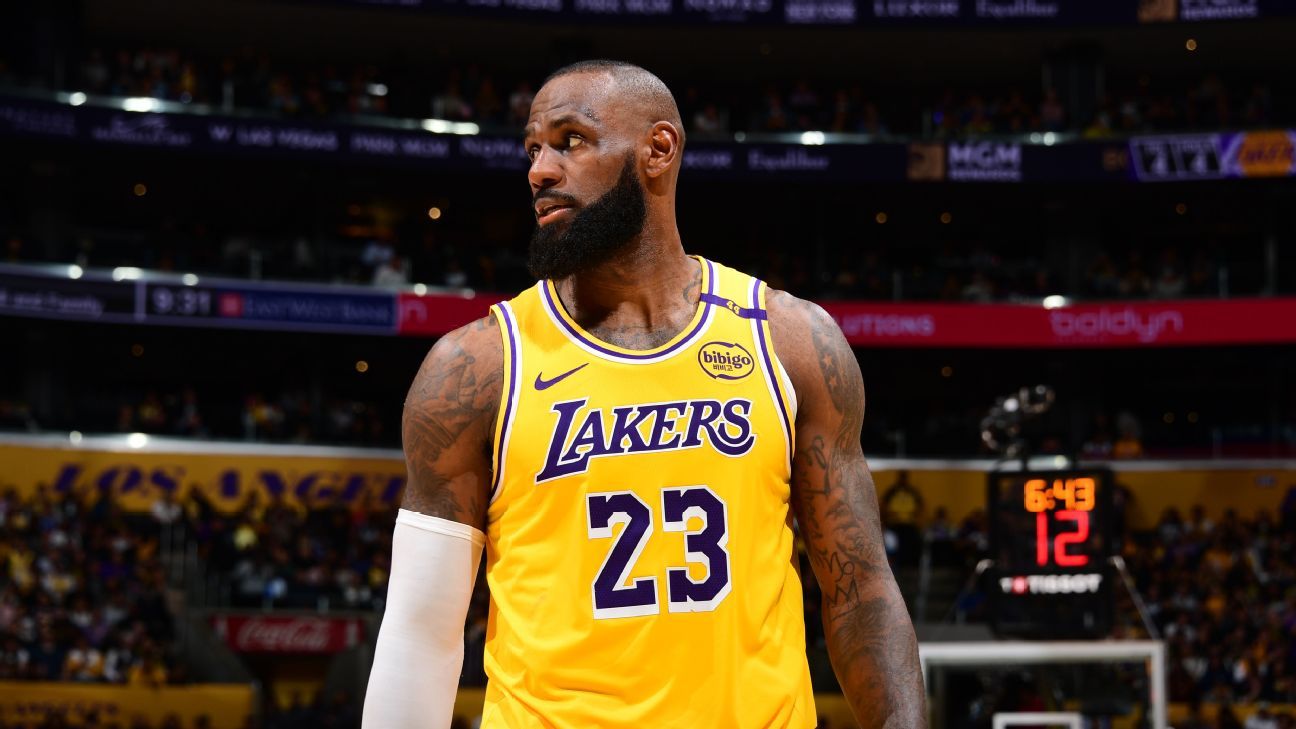
Wall Street is of two minds regarding Target and its chief executive officer in-waiting.
While not exactly applauding Target’s choice of insider Michael Fiddelke as its next CEO, preferring to have seen some fresh blood from the outside assume the role, they believe he’s talented and has an exhaustive knowledge of Target and its complexities. Fiddelke has worked at Target for 20 years in a spectrum of roles across the organization and is currently the chief operating officer. He started as an intern in finance and grew into merchandising, finance and operations roles. Fiddelke’s appointment to succeed Brian Cornell next February was widely expected. The two have had a close working relationship and the transition should be easy.
The Street is critical of Cornell for not initiating enough changes and corrections to improve Target’s business, which has been faltering for several years. In the second quarter this year, Target once again experienced sales and profit declines, though for most of Cornell’s 11-year tenure as CEO, Target showed great growth.
RELATED STORY: Change in Command: Target Names Michael Fiddelke Its Next CEO
For its second quarter ended Aug. 2, Target’s net income of $935 million was down 21.5 percent from the year-ago period. Net sales reached $25.2 billion, which was 0.9 percent lower than the prior-year quarter. Comparable sales were down 1.9 percent.
The second-quarter results, while down, were better than expected and showed some improvement over the first quarter, which analysts attributed to heavy promoting (seen across the country) triggered by Amazon extending its Prime Day event from two to four days.
Between the latest results and the CEO change, both announced Wednesday morning, Wall Street dragged Target’s stock price down 6.3 percent to $98.69, though earlier in the day the stock was down about 10 percent. Target’s stock year-to-date is down over 21 percent, and has ranged from a high of $167.40 to a low of $87.35 over the last 52 weeks.
“We have very mixed feelings about this appointment,” Neil Saunders, managing director of GlobalData, wrote in a research note on Target. “While we think Fiddelke is talented and has a somewhat different take on things compared to current CEO Brian Cornell, this is an internal appointment that does not necessarily remedy the problems of entrenched groupthink and the inward-looking mindset that have plagued Target for years.
“We are also surprised that Brian Cornell will move into the role of executive chairman. To us, this seems like a reward for failure,” Saunders added. “It runs the risk of having the person who has not guided Target well having some influence over future policy. In our view, the boardroom needed a clear-out but, instead, has received a light dusting which has failed to address the debris that litters the floor.
“The good news is that, despite the intense scrutiny of it, Target is not a complete disaster. Despite the DEI debacle [Target earlier this year abandoned its DEI initiatives resulting in some shoppers boycotting the store] there is still a lot of consumer goodwill for Target. The company is profitable, even if less so than in the past. And it still pulls in significant sales and customer numbers. The structure on top of this solid foundation may have become a little shabby, but it can still be fixed. We have our doubts about the new management team – which is essentially the old management team reshuffled — but it is only fair to give them a chance.”
Said Emarketer principal analyst Sky Canaves: “The appointment of Michael Fiddelke to succeed Brian Cornell was widely expected, yet not what was hoped for. There’s been mounting sentiment that Target’s woes have become entrenched in the organization, and it would require the fresh perspective of an external hire to turn its fortunes around. Promoting a longtime insider like Fiddelke to the CEO position offers stability in the transition from Cornell‘s tenure. Still, Target has been stuck in stasis for too long for this news to cheer investors.
“While second-quarter results showed an improvement over the trend from the first quarter, this is more likely the result of the overall lift that retail and e-commerce saw with the July sales events driven by Amazon’s extended Prime Day, rather than from Target’s strategic successes,” Canaves added. “We still see year-over-year declines in key metrics, including sales, store traffic and profitability, as well as increased pressure on operating margins in the most recent quarter.”
In another commentary on Target, Robert F. Ohmes, research analyst at Bank of America Securities, wrote, “We reaffirm our underperform rating as we see increasing longer-term sales and margin risks for Target on slowing digital sales growth, a lack of scale in digital advertising and third-party marketplace, elevated tariff, pricing and merchandising headwinds, and increasing competition from Walmart and Amazon. Target’s sales trends continue to lag Walmart, particularly in digital, where traffic growth is key to scaling digital advertising and third-party marketplace fees, which are increasingly needed to mitigate gross margin pressures and support investments in automation, technology, and AI, in our view. Target also has higher tariff exposure than Walmart, and we think recent merchandising leadership and partnership changes (including Ulta Beauty) could exacerbate risks in the dynamic and challenging sourcing environment.” As reported, Ulta’s partnership with Target ends next August and is not being renewed.
Retail analysts and observers believe Target hasn’t in recent seasons been able to present the same successful blend of style at value prices that it historically was able to. As Saunders said, “Target, which used to be very attuned to consumer demand, has lost its grip on delivering for the American shopper. The company is plagued by internal problems which have caused a significant deterioration in the customer experience. This shows up in issues like out-of-stocks, long wait times at registers, and increasingly messy stores. All these things actively train customers not to shop at Target; especially during a period when the shopper is laser focused on value for money and time. While it is natural for any retailer to encounter periods of difficulty, Target’s challenges have now dragged on for far too long.”
Saunders indicated that Target’s numbers “bear all the hallmarks of a retailer not living up to its potential. The overall revenue deterioration of 0.9 percent is relatively shallow, but the 1.9 percent slip in comparable sales is more serious. And most significantly, there is no external reason why Target should be experiencing this kind of weakness on the top line. Over the quarter, overall consumer spending for the categories Target sells increased by 4.8 percent. Target’s growth was obviously a long way short of this, which shows it continues to lose market share.”
Saunders came down hard on the retailer’s management, saying it has been unwilling to acknowledge problems and “incapable of resolving them.” Part of the problem is from a lack on investment in labor at the stores, he suggested. He recommended the board composition should be changed “to restore confidence and get Target back on track. This change has come in a very partial form of Michael Fiddelke, who will take over as CEO come February of 2026.”
#Targets #CEO #Transition #Wall #Street #View






